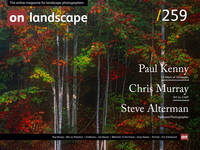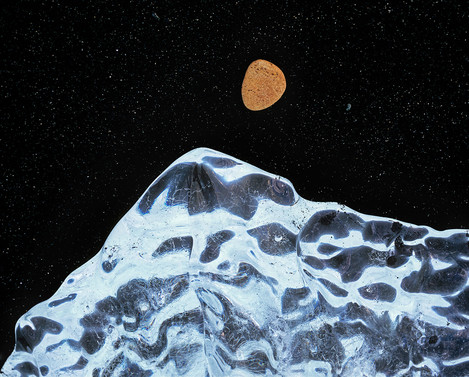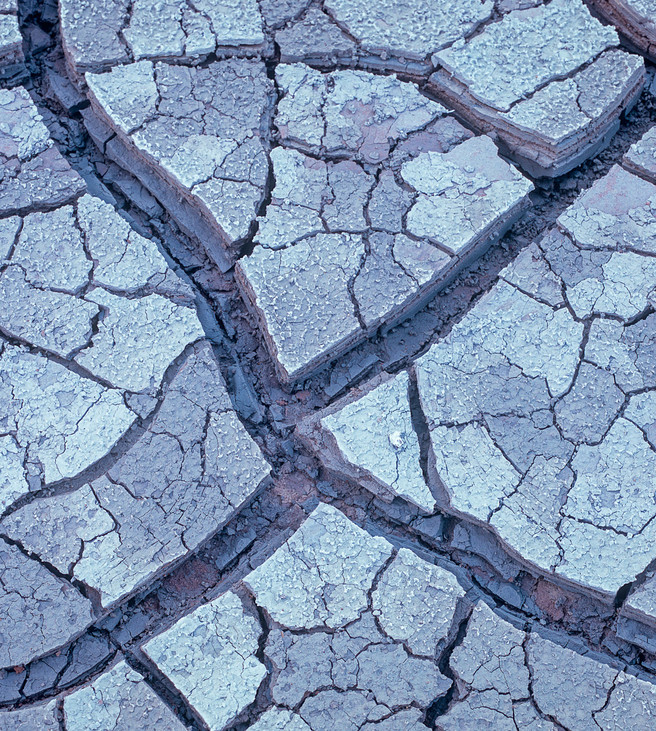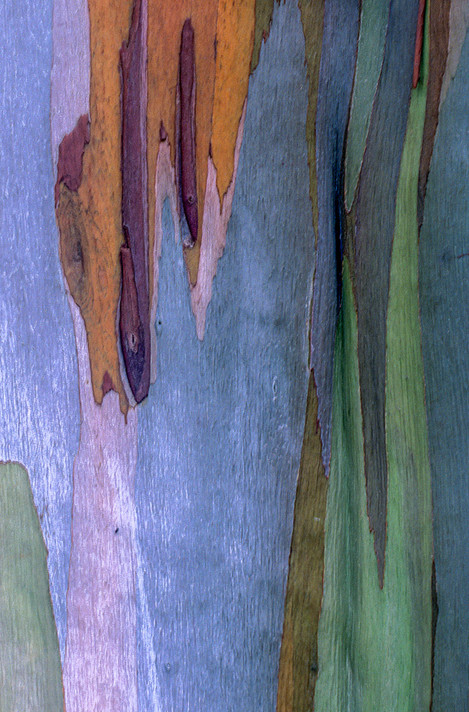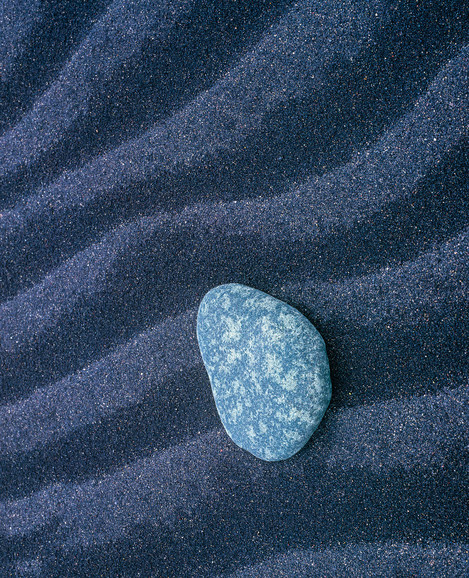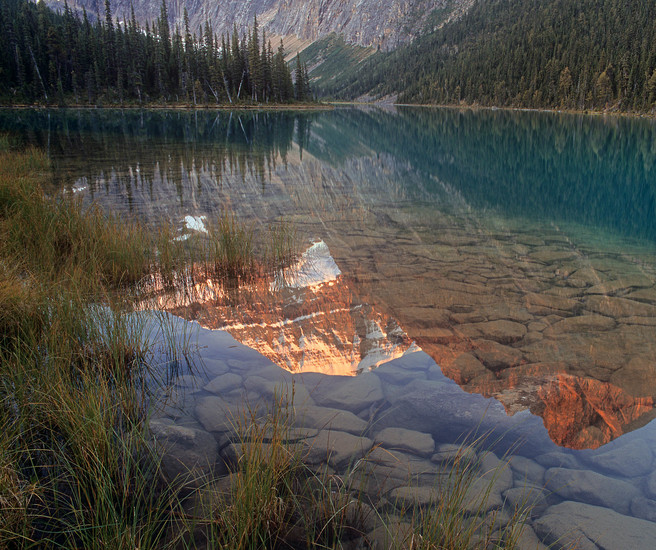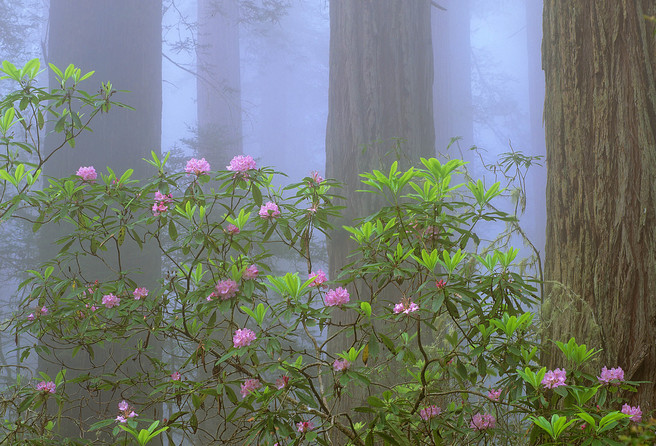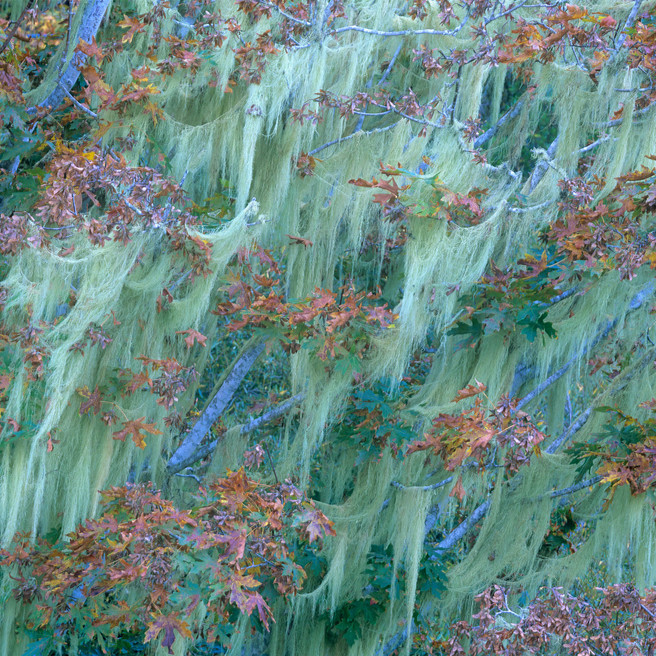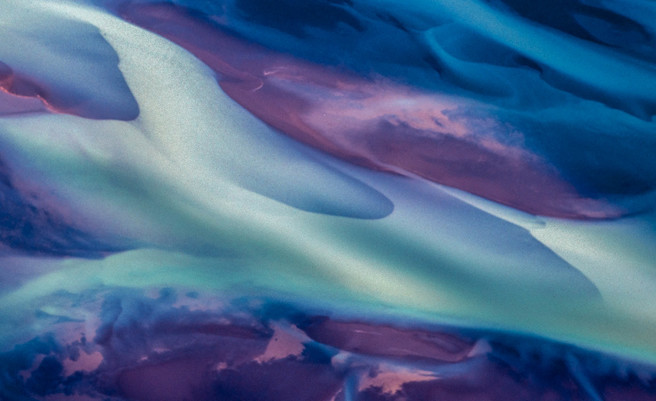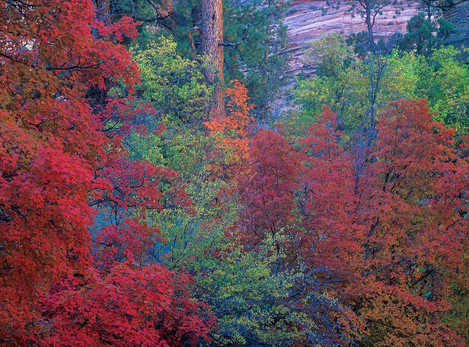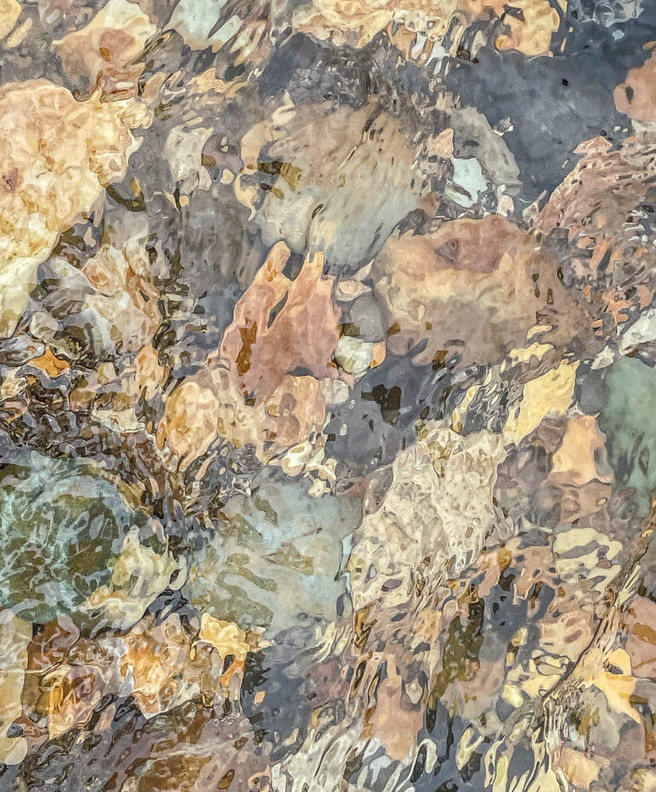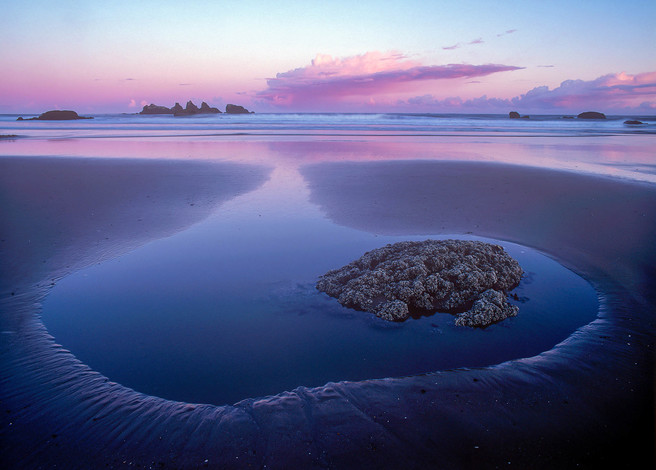Featured Photographer

Steve Alterman
Steve Alterman is a landscape photographer living on the Outer Banks of North Carolina, specializing in images of the Western United States and Iceland, as well as his home territory of Eastern North Carolina.

Tim Parkin
Amateur Photographer who plays with big cameras and film when in between digital photographs.
This time last year we were just receiving the first submissions for our Natural Landscape awards and one of those was from Steve Alterman. Later, after many rounds of judging and verifying images, his exquisite photograph of a pseudo mountain on a midnight black sandy beach won first place in the competition. Since then, I’ve seen a few more of Steve’s photographs in a couple of his published books and he also sent the winning image as well, as a few extra images, for me to drum scan. Yes, the winning image was photographed on his Pentax 67 using Fuij Velvia film. We thought you’d like to learn a little more about Steve’s work and, fortunately for us, he agreed to a Featured Photographer interview.
Can you tell me about how you got into photography, did you study it, were you shown it by friends or family etc?
I have always been interested in photography (my parents got me a Brownie Hawkeye when I was about 10 years old),
Making the step from photography as a passion to something that puts money on the table is often stressful. How did you make the step and were you immediately successful or did it take a lot of work?
You’re supposed to make money from photography? I didn’t know that. Actually, I have a full-time day job (I’m an aviation attorney, but I don’t spread that around in photography circles), so the pressure to commercialise my photography has been relatively minimal. I’ve always been able to sell an occasional print or sell images to magazines or calendar companies, but the real commercial activity started when I decided to publish a book on the Outer Banks of North Carolina. More on that later.
Your published work is a combination of reportage/editorial and pure landscape photography but your website is mostly pure landscape. What was it about landscape photography particularly that engaged you and still makes you want to explore with a camera?
Trying to present a picture of the planet on which we live has been a driving force in my photography. Doing editorial/reportage photography has always been secondary, but I usually travel with a camera so I’m sensitive to the rest of the world around us and willing to capture “non-landscape” images. With respect to the landscape, I think the greatest challenge is to give the viewer a “feel” of the place, not just a pretty picture. Don’t get me wrong, I’m as interested as anyone in taking the iconic shots, but it’s often the intimate details that best represent the area. The challenge of finding those details keeps bringing me back to my favourite places.
Who (photographers, artists or individuals) or what has most inspired you, or driven you forward in your development as a photographer? What books stimulated your interest in photography?
Very interesting question. When I was first exploring the western United States, I came upon David Muench’s book Nature’s America. It inspired me to go to certain places and look at the landscape more critically. In terms of other “inspirations”, I love the work of Jack Dykinga, and Bill Neill’s way of looking at the details of the landscape intrigues me. Moving away from photographers, I’m also inspired by the work of the great American artist of the West, Thomas Moran. Painters have the advantage of not being limited by what is in front of them and viewing how they perceive the landscape provides a slightly different set of learning tools.
How has your commercial work with photography changed over the years?
I think the whole world of commercial photography and the way in which photographers can sell their work (and their expertise) has changed dramatically in the past few decades. The “gold standard” of professional photography used to revolve around stock agencies and selling individual images to magazines, calendar companies and other commercial endeavours. Digital photography changed all that. Now everyone can enter a world that was once reserved for an elite few. In turn, that meant that other income sources were necessary. The most obvious is the proliferation of photo workshops and tours where the professionals make their incomes, not from their own images, but rather for helping others improve their skills.
Could you tell us a little about the cameras and lenses you typically take on a trip and how they affect your photography?
Ah, now we get to the weird part of me! I usually take everything I own on photo shoots. You just never know what you’re going to confront in the field. For me, that means at least two camera bodies (Pentax 67 and occasionally a Leica R7) and an assortment of lenses from 35 mm to 300 mm. I have a 55-100 mm telephoto as well as a 90-180 telephoto to give me some flexibility, but my “most used” lenses are a trusty 45 mm, a 100 mm macro and the 300 mm for longer shots. Those choices are a bit more limiting that the modern digital bodies and lenses, but they’re what I like to work with.
What sort of post processing do you undertake on your pictures? Give me an idea of your workflow?
OK, another slightly strange answer for you. The simple answer is “not much”. It usually consists of any needed cropping and straightening horizons (because I’m terrible at that), but not much else. If there are wide variations in light in the image, I’ll probably adjust the highlights and shadow detail, but I don’t use very many of the tools in Lightroom. Of course, all of this is after having the images scanned to digital. (You didn’t ask, but I only scan about 5% of the images I take. I keep a lot of the rest, but only scan those I anticipate being able to use somewhere other than on my lightbox).
Your winning image in the Natural Landscape Photography Awards is on film and I was wondering if you still used film or have moved wholly to digital.
By now, you might have guessed that I still only shoot film. The only time I shoot anything digital is with my cell phone and only if I somehow don’t have my cameras with me or I’m simply too lazy to get the equipment out of my backpack.
We know there were so many negatives to using film, especially commercially. However, do you think there was something positive about using film that has been lost?
Obviously, for commercial purposes, a digital image is necessary so there is an extra (expensive) scanning step if you’re shooting film.
Given that you still shoot on film, how do you cope with the reduction in the number of film types available? Are you still primarily a slide photographer or have you dabbled with colour negative?
The shrinking number of film types is a continuing problem, but I’m still shooting slides and haven’t really thought of trying colour negatives - although I may go there if I need higher speed films for certain low light situations. In addition to lack of historic film options, there is also the problem of getting certain current films in the United States. Production cutbacks and outright closing of facilities in Asia during the pandemic have not yet sufficiently reversed themselves. My answer, at least right now, has been to become a bit of a hoarder. A refrigerator that was supposed to hold cold white wine and soft drinks is now filled with every roll of film I can find.
Can you choose 2-3 favourite photographs from your own portfolio and tell us a little about them?
Rhododendrons in a Redwood Forest
This reflects a pre-visualised image that actually worked.
Autumn Moss in California
This was an accidental total surprise!
Glacial River in Iceland
This is in the “Huh?” category
How do you like to approach your image making? Do you pre-plan and go out with something in mind, or do you prefer to let your photography flow from your explorations on foot?
Yes and yes! I ALWAYS research an area before going into the field and I always have some preconceived notions of what I want to shoot. But my most rewarding images are often those that simply present themselves unexpectedly. I love being surprised! And perhaps the most rewarding question I can be asked by someone viewing my images is “What is that?” That was the case with the winning entry in the Natural Landscapes Photography Awards and many of my other favourites, some of which are included in this article.
How important do you find it to be in the right frame of mind? Have you found ways to work around periods when your mind is busy with other things?
Great question. I think it is essential to be in the right frame of mind – and sometimes there is absolutely nothing you can do about it! Some of the most frustrating times have come when I have been in a fabulous setting and my mind is somewhere off in the clouds preventing me from making the most of the opportunities presented. I can usually get the obvious, iconic, images in these situations, but the lack of creativity is really upsetting. In looking back, I think that many of these times of “creative block” come from fatigue, so I guess one piece of advice is to get sufficient rest – even if you’re going to shoot a sunrise at 4:00 a.m. And try to rest during the day so you are somewhat rested for the late afternoon shooting.
If you had to take a break from all things photographic for a week, what would you end up doing?
Going to ice hockey games! Or other sporting events that are totally mindless. Or maybe sleeping a lot!
You’ve published a few books in the landscape/editorial vein. Were these successful for you and did you learn any lessons about publishing you could share?
The books, particularly Outer Banks Edge which is in its third printing, have been moderately successful. At least they make enough money to fund my film supply! There have been a lot of lessons learned along the way. The first, and perhaps most important, is that you’re never going to totally agree with your publisher/editor about much of anything! You just have to deal with that. Your concepts about presenting your photography and their concepts of how to sell books are often wildly different! I have also been a bit surprised about the real importance of the optimal paper choice – even if it means spending more money on publication. For me, there is nothing more frustrating than seeing a vibrant image “dulled down” by an incorrect choice of papers. I’m also somewhat addicted to spot varnish on images, but that’s just me.
Can you tell us a little about how Outer Banks Edge came about and the process of making it? What would you say to anyone thinking about trying to produce/sell a photography book?
I never really set out to publish a book on the Outer Banks, but it simply became an outgrowth of other photography work in the area. Before I moved to the area, I wanted to buy a coffee table book that showed the beauty of the landscape (and other elements of a unique barrier island). What I discovered was that weren’t any books that I would consider buying. I had sold a number of images to a magazine publisher in the region and asked whether she had ever published a book or would she be willing to give it a try. Much to my shock, she said yes. And so the adventure of the blind leading the blind began. We engaged a really talented designer and eventually we had a book. We had a bad experience with our first printer in the United States and eventually had to switch to another printer in Hong Kong, but otherwise, things went fairly smoothly. Distribution of the book was always an issue, but I have now found an independent publisher who does all the distribution for me.
What sorts of things do you think might challenge you in the future or do you have any photographs or styles that you want to investigate? Where do you see your photography going in terms of subject and style?
I’m not sure that I’m going to change much, but I always have the challenge of breaking away from my comfort zones of the Outer Banks, the American West and Iceland, and finding new lands to explore that will change the way I look at the landscape. I’m not sure my style will change much, since I’m driven to let the land define the way forward without imposing any preconceived notions.
Which photographer(s) – amateur or professional - would you like to see featured in a future issue?
I was going to say Franka Gabler until I discovered you have already done that! (Read Franka's Featured Photographer interview). Not sure who to recommend.
- Volcanic Mud Patterns, Theistareykir, Iceland
- Totem Pole Sunrise, Monument Valley Navajo Tribal Park
- Rainbow Eucalyptus Bark, Kauai
- On The Beach, Fellsfjara, Iceland
- Mount Edith Cavell Reflected In Cavell Lake, Jasper National Park, Alberta, Canada
- 07 Mammoth Hot Springs, Yellowstone National Park
- Layers Of Colour, Autumn In Zion National Park
- Landmannalaugar Mosaic, Iceland.
- Daybreak, Bandon Beach, Oregon
- Bridalveil Fall With Pine Tree, Yosemite National Park
- Foggy Morning, Lake Louise, Banff, Alberta, Canada
- Along Foothills Parkway, Great Smoky Mountains National Park
- Me, After A Bad Day In The Field (valley Of Fire State Park, Nevada)

